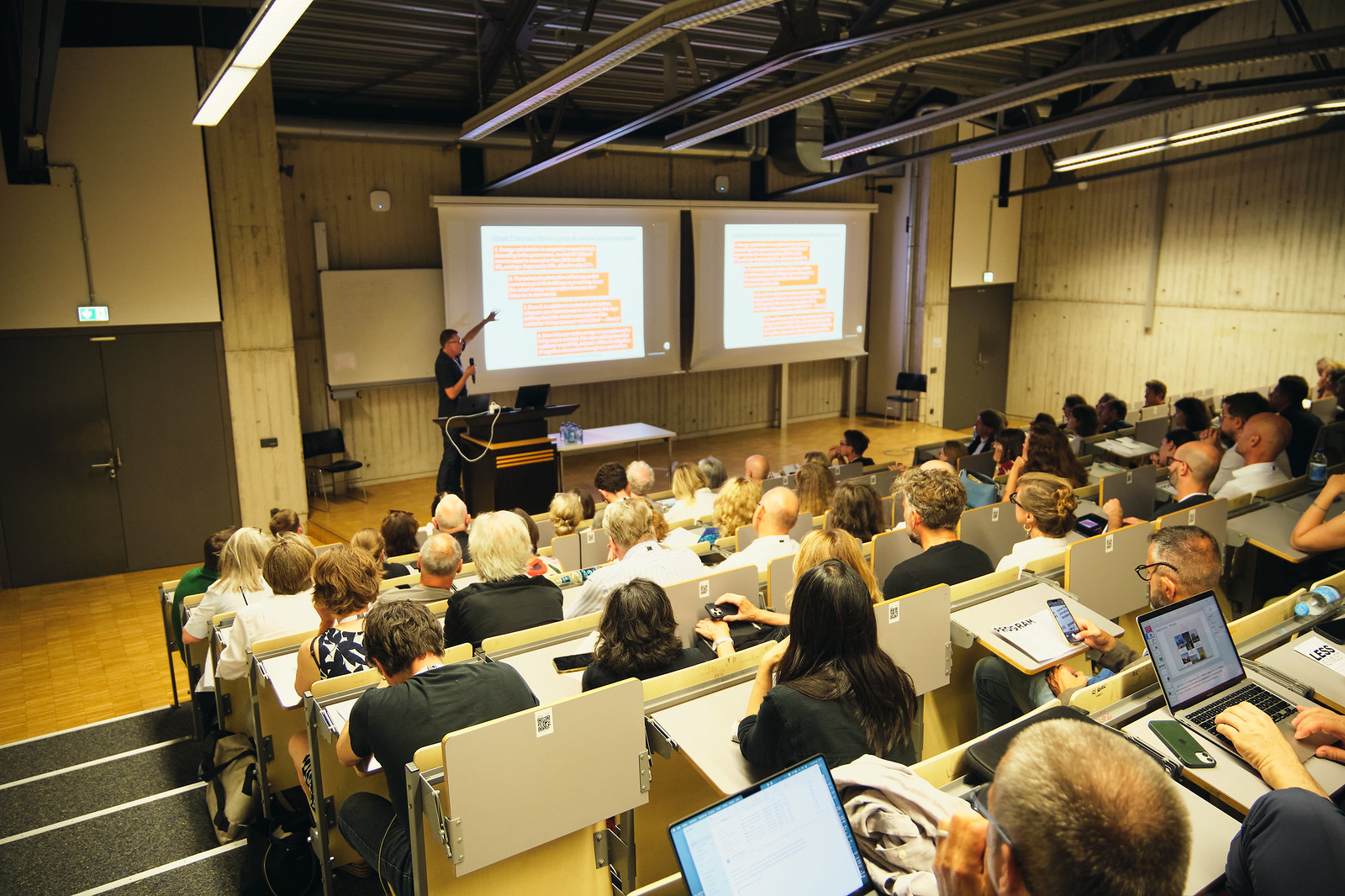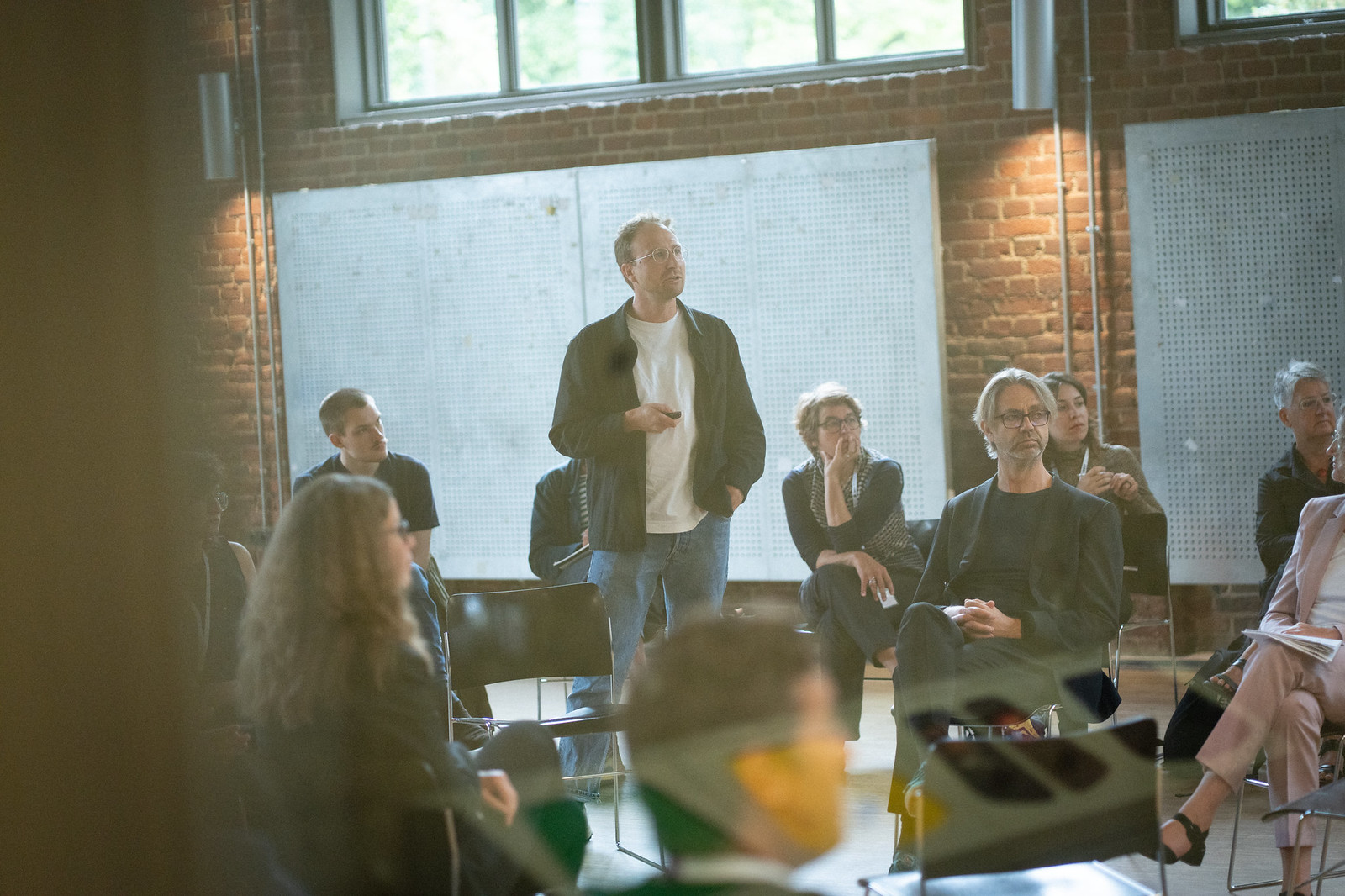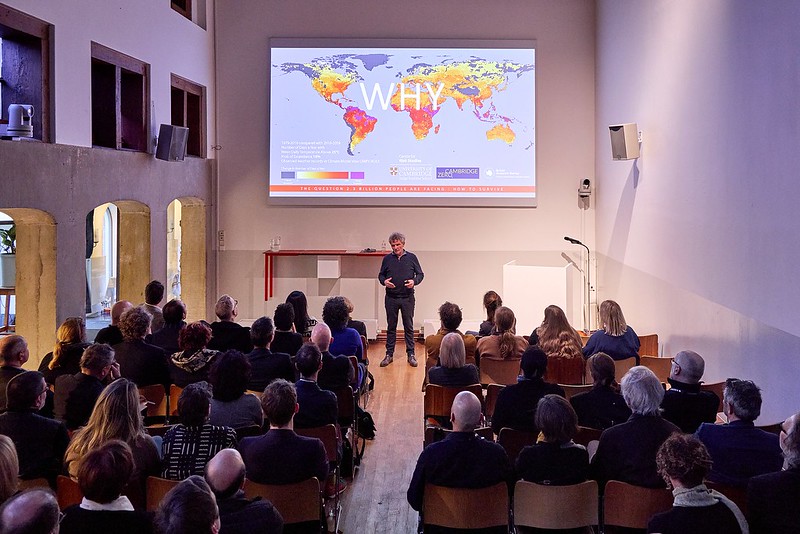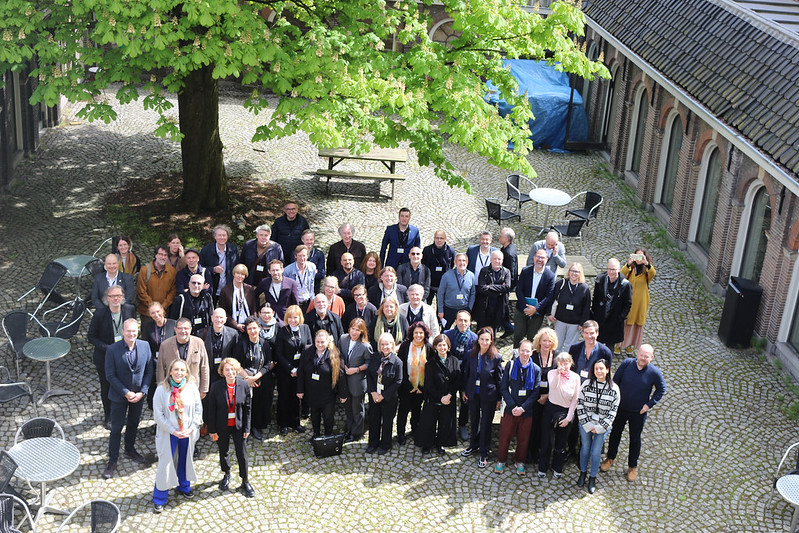The challenges of architectural education in Europe according to the EAAE
European Association for Architectural Education (EAAE)
In September, we published the results of the Pedagogy Award 2024, awarded to a team from the JMA-Fribourg for their project "Séminaire Réemploi." In this collective interview, three key members of the European Association for Architectural Education (EAAE)—Oya Atalay Franck, Roberto Cavallo, and Patrick Flynn—share their insights on the evolution of architectural education in Europe and how the association can continue to support educators and institutions in this changing landscape.
En français : Les défis de l'enseignement de l'architecture en Europe selon la EAAE
Architectural education in Europe, as around the world, is undergoing a critical phase where innovation and adaptation are essential. Within this context, the European Association for Architectural Education (EAAE), founded in 1975 and currently registered in Belgium, plays a central role in promoting excellence and transforming architectural education in Europe. This international association, which includes several Swiss schools among its members, though relatively discreet, supports European schools by facilitating the exchange of pedagogical practices and experiences, encouraging the co-creation of knowledge with a strong connection to professional practice.
To raise awareness of the activities of this non-profit organization, we asked three of its most prominent members to present the association’s key missions. Their collective testimony, along with their individual positions expressed in related interviews, highlights the importance of innovative pedagogy based on interdisciplinary collaboration and creative problem-solving. In their view, for architectural education to remain relevant, it must stay connected to the development of society. They also acknowledge the limitations of an association run by professionals who must juggle their high-level responsibilities with their voluntary roles within the EAAE.
Interview with Oya Atalay Franck, Dean of the ZHAW and former President of the EAAE; Roberto Cavallo, Associate Professor at TU Delft and new President of the EAAE; and Patrick Flynn, Head of Learning Development at TU Dublin, and editor of the Pedagogy Award 2024.
In your opinion, what is the key role of the EAAE in the evolution of architectural education in Europe? How is this mission practically translated into support for institutions and educators?
Our mission is to advance architectural education and promote excellence. We form a network of support both in terms of sharing our research and our teaching practice. This is achieved through our publications, seminar/workshops, as well as our meetings and initiatives such as the Education Academy, the Research Academy, the Conservation Network and the Architecture Afterlife programme.
What are the biggest challenges currently facing architectural education in Europe? How can the EAAE contribute to addressing these challenges?
For architectural education to be relevant we need to be connected to society and develop good citizenship. At a societal level there are obviously regional concerns that vary but all of us face the Climate Crisis, together with issues around sustainable living, scarcity of good quality accommodation along with the rise of AI and its impact on education and society. The EAAE can contribute to tackling these by providing support to all schools.
How was the judging process organized this year? Were the teachings followed throughout the year by the jury members, or only judge based on the summaries submitted in PDF format?
The judging panel reviewed the submitted PDFs. Part of being a good educator is the ability to summarise succinctly your education methods. In the proposals submitted this was achieved by all the entrants.
The reuse of materials, the theme of the winning project by JMA-Fribourg, is a central issue today. What evaluation criteria were used to judge the projects submitted for the 2024 Pedagogy Awards? Why was the Seminar Reuse selected as winner compared to other proposals?
The winning project was very strong in terms of innovative pedagogical process. The staff and students collaborated to confront problems that can only be solved through a process of exploration. The staff had skilfully scaffolded the students learning to ensure that they were challenged to learn more and also supported to achieve the learning outcomes. The methods used and end results were very impressive.
How do you think architecture schools should adapt to respond to current environmental challenges? Should they propose more radical pedagogies?
We do need to share our experiences and work together. In addition to Radical Pedagogies we should also look to other disciplines more to see how they develop their pedagogies, Dilly Fung’s Connected Curriculum1 for instance although not written specifically for Schools of Architecture has many valuable proposals. We also need to respect that pedagogy and the art of teaching is a discipline in its own right and we need to understand how learning theories can assist us in developing a more suitable pedagogical stance.
What is the specificity of the EAAE Pedagogy Awards compared to other awards in architectural education (UIA award for innovation, SIA Masterprize in Switerland,…)?
The EAAE Pedagogy awards are founded on the associations Principles & Practices of Architectural Education. We believe that architectural education will flourish when students are supported on a learning journey via experimentation and co creation of knowledge with a strong connection to practice.
The EAAE offers several initiatives. What specific challenges do they face?
The biggest challenge is one of time. Our members are engaged in teaching and research as well as having demanding roles in their respective Universities. We are very appreciative of the educational staff who generously give of their time to support these initiatives. These initiatives are both responsive to emergent needs and proactive to identify issues.
How can the EAAE ensure that the impact of the winning projects extends beyond the awards? Do you have initiatives to support on these projects after their selection?
The finalists and winners will be participants in the next conference and will share their teaching and learning techniques with all the members. This will act as a starting connection point for members to share their pedagogical research. This in turn will feed into the EAAE developing further our Principles & Practices of Architectural Education.
Notes
- « Connected Curriculum » is a pedagogical framework developed to encourage greater integration between research and teaching in universities. The key principles of the Connected Curriculum include the integration of research into courses, the co-creation of knowledge, a global engagement, and a critical reflection. The Connected Curriculum was initially designed for schools at University College London (UCL), but it can be applied in various educational contexts, including architecture schools.
Related articles
Strengthening collaboration to advance innovation: interview with Roberto Cavallo > English | Français
Transforming architectural education: Oya Atalay Franck's Perspective > English | Français
Educating for the future: Patrick Flynn's architecture pedagogical approach > English | Français







